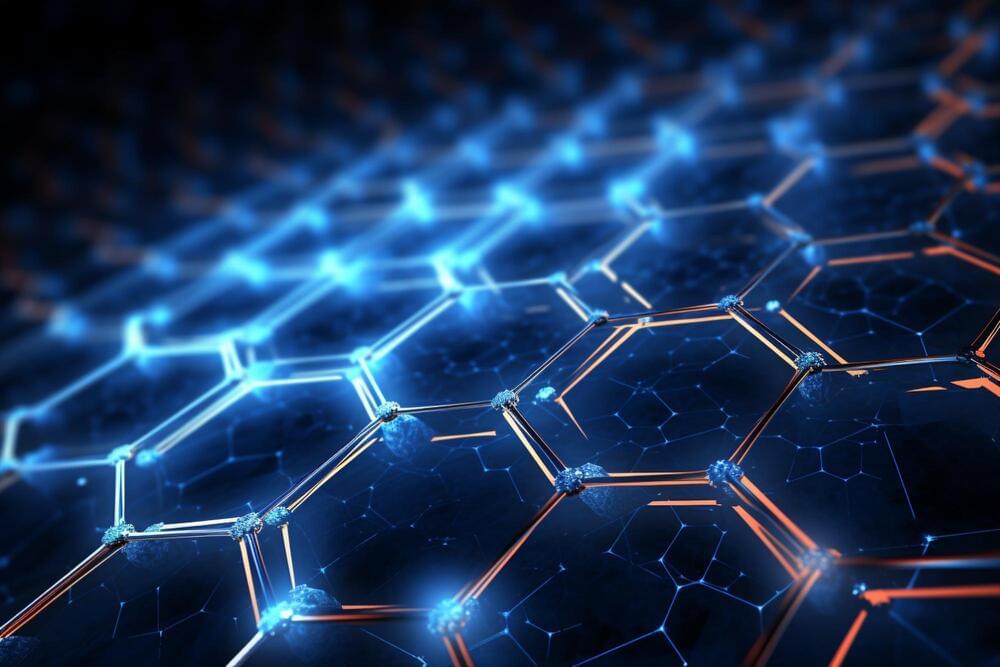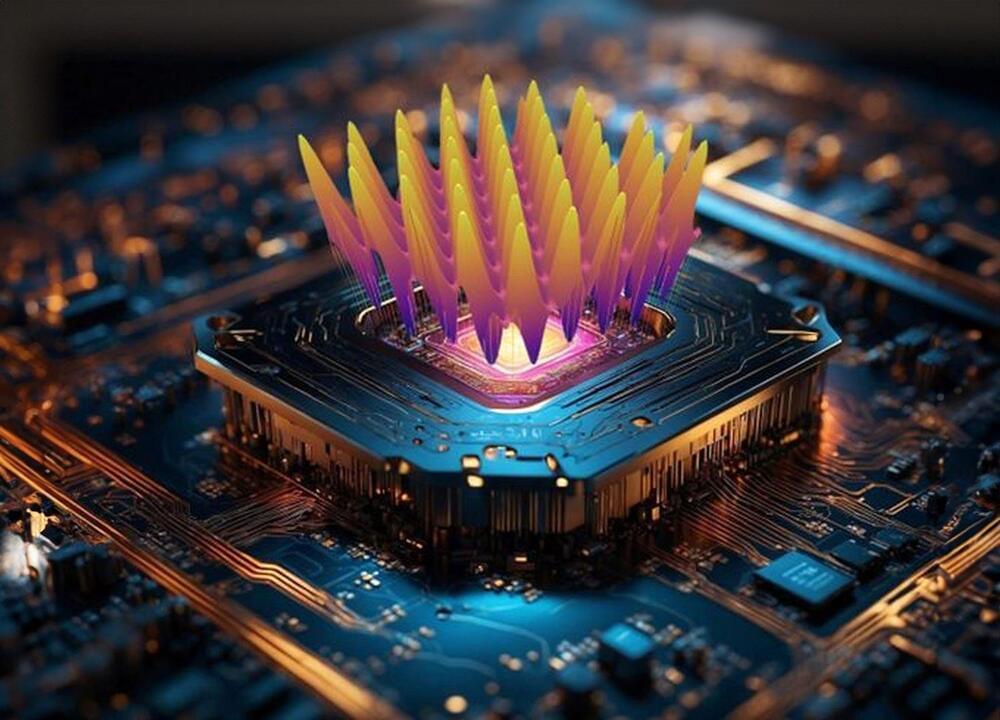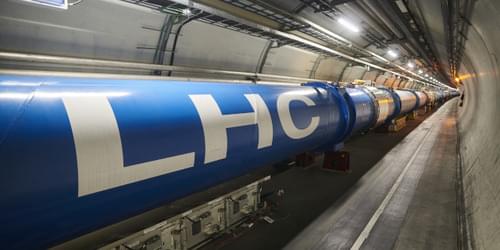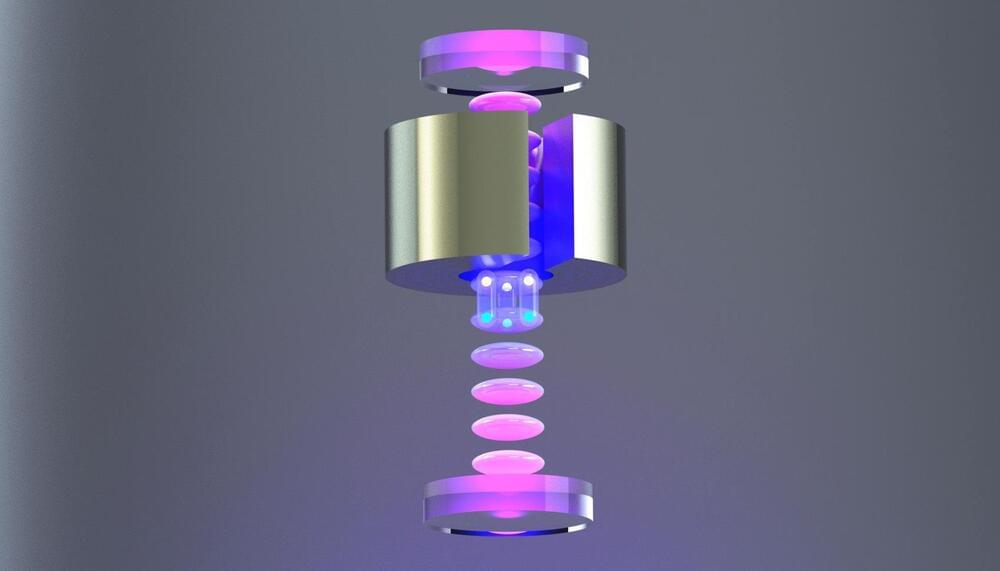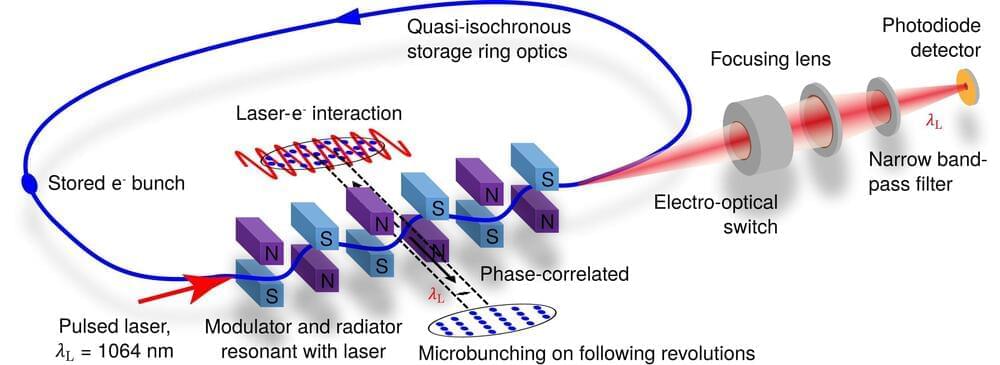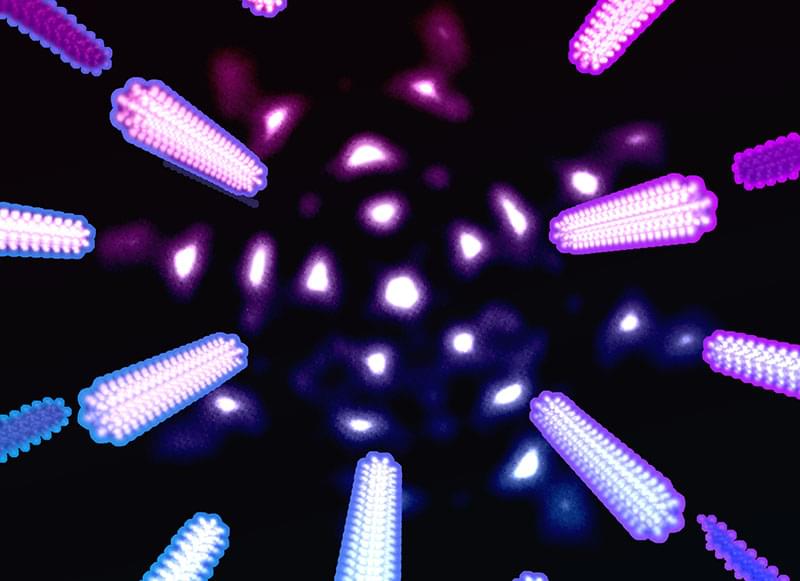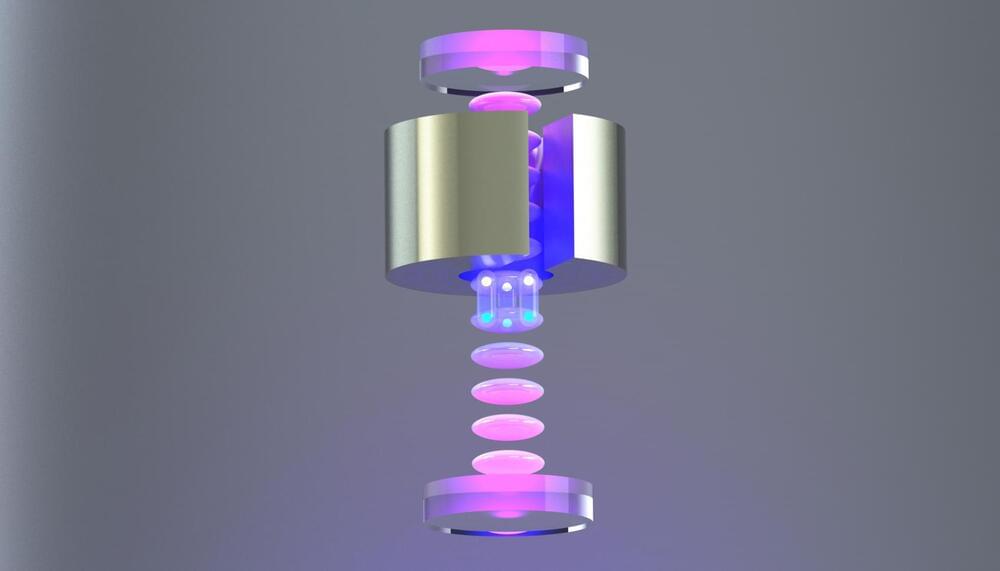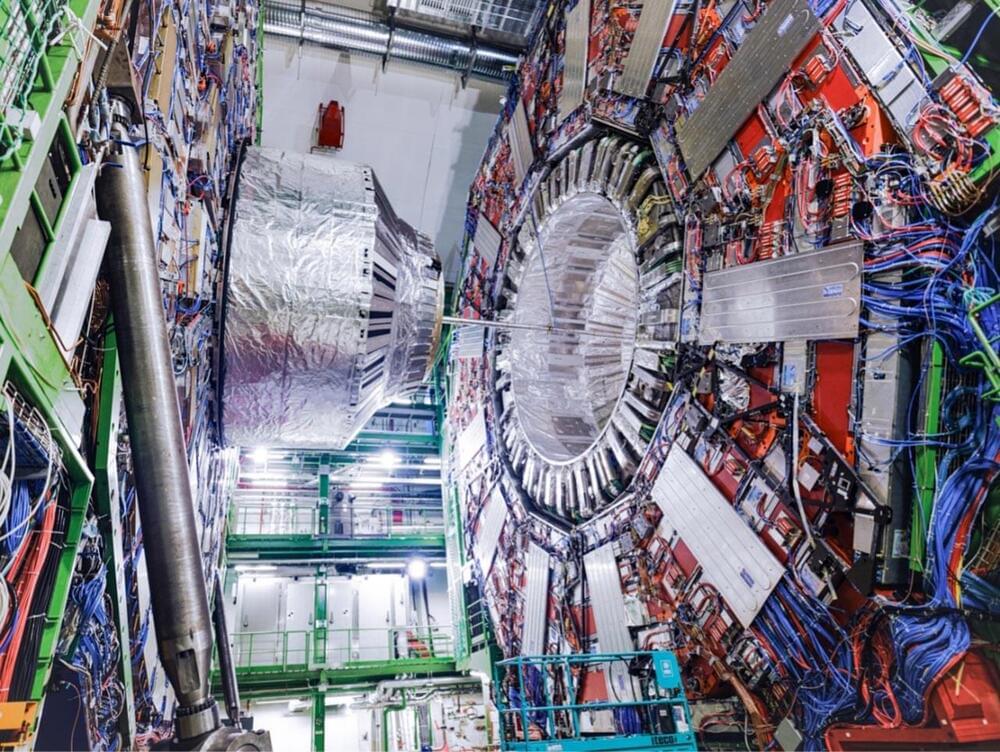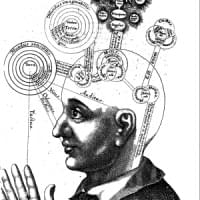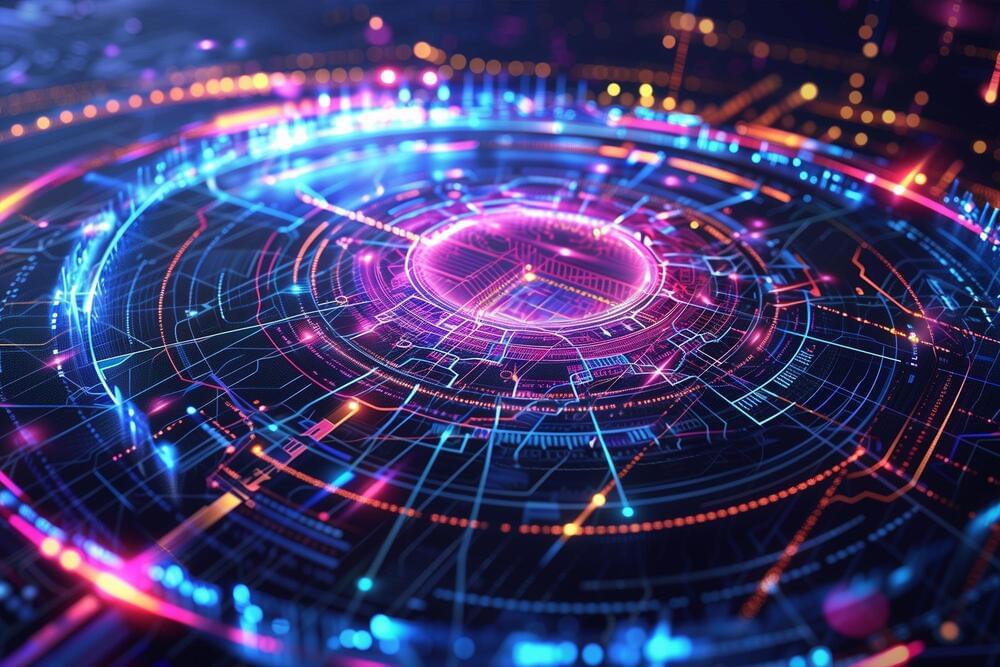Jun 29, 2024
Graphene Nanolayers Reinvented: The Key to Advanced Electronics
Posted by Saúl Morales Rodriguéz in categories: materials, particle physics
Graphene, composed of layers of carbon atoms arranged in a honeycomb pattern, is recognized as a supermaterial due to its exceptional conductivity and mechanical advantages. These properties are key to advancing flexible electronics, innovative batteries, and composite materials for aerospace applications. Despite these benefits, creating elastic and durable films has been difficult. In a recent edition of Angewandte Chemie, researchers have proposed a solution by connecting graphene nanolayers through extendable bridging structures, potentially overcoming previous limitations.
The special capabilities of microscopic graphene nanolayers often drop off when the layers are assembled into foils, because they are only held together by relatively weak interactions—primarily hydrogen bonds. Approaches that attempt to improve the mechanical properties of graphene foils by introducing stronger interactions have only been partially successful, leaving particular room for improvement in the stretchability and toughness of the materials.
